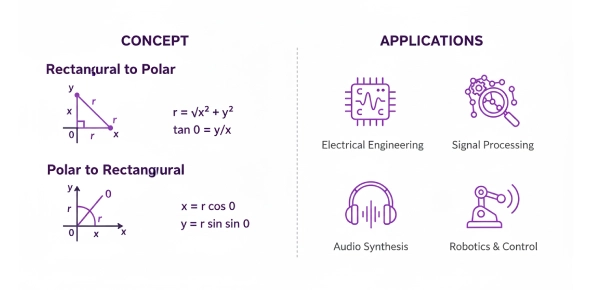Converting Between Rectangular and Polar Forms of Complex Numbers
2)
You may optionally provide this to label your report, leaderboard, or certificate.
Ã
Thank you for your feedback!
















